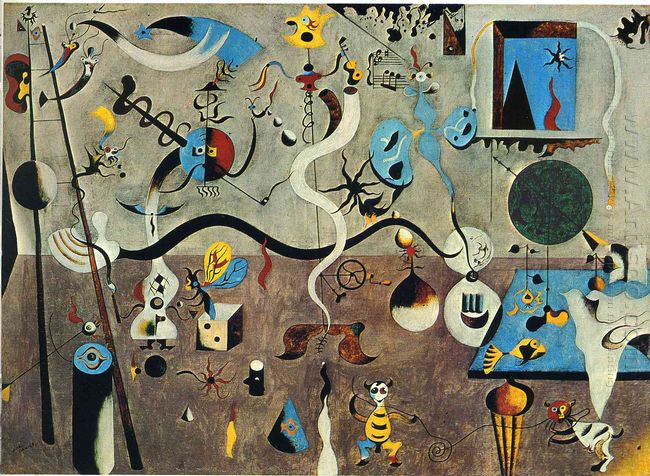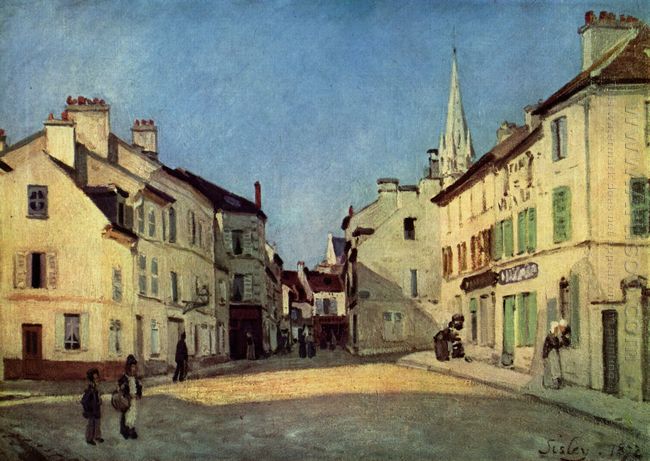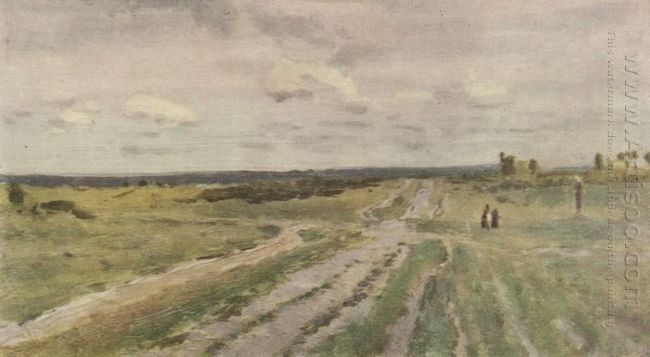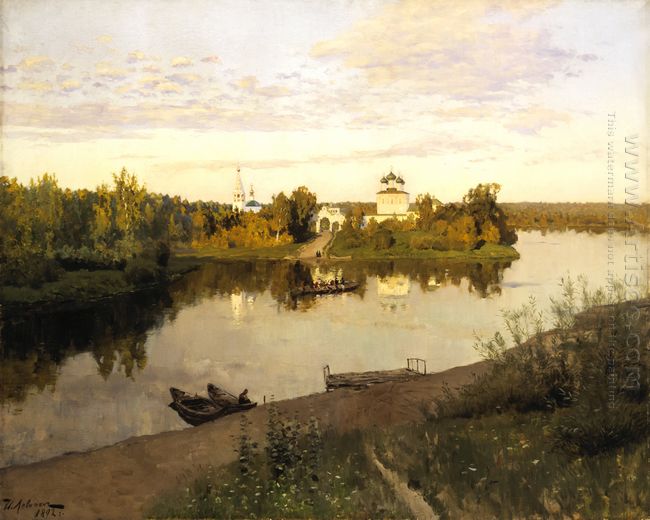In 1925, Joan Miro held an exhibition at the Pierre Gallery in Paris. All the surrealist painters including Redon, Dali and Masson came there. To the surprise of this Spannish painter, the audience in Paris showed the hitherto unknown passion for him and the crowded visitors packed the whole gallery. The exhibition got the huge success. And Miro became the most eye-catching painter in Paris overnight. Harlequin S Carnival was one of the Joan Miro Paintings in this exhibition, which
marked the final formation of Miro’s artistic style. This work had a unique sense of space and fantastic charm.
Harlequin S Carnival was the first surrealistic painting, the reversal sense of space. The indoors held the feverish rally and only the humans were sad. The figure with the elegant beard and long rod pipe gazed disconsolately at the viewers. Around him were a variety of wild animals, small animals and organic matters which were very happy. This painting had no special symbolic meaning and what the painter adequately described was a brilliant dream image.
Harlequin S Carnival was the early work that Miro tried surrealism. It seemed that a lot of strange things were placed in the painting. And the traditional composition rule had gone here. The painting was filled with “carnival” atmosphere, and even the tablecloth wanted to slide down to join. The stairs also wanted to move. Various shapes of curious spirits were busy destroying everything. They mocked with each other, but humans appeared helpless with open eyes and crying long faces. The whole painting was permeated with pure, happy and humorous atmosphere.



